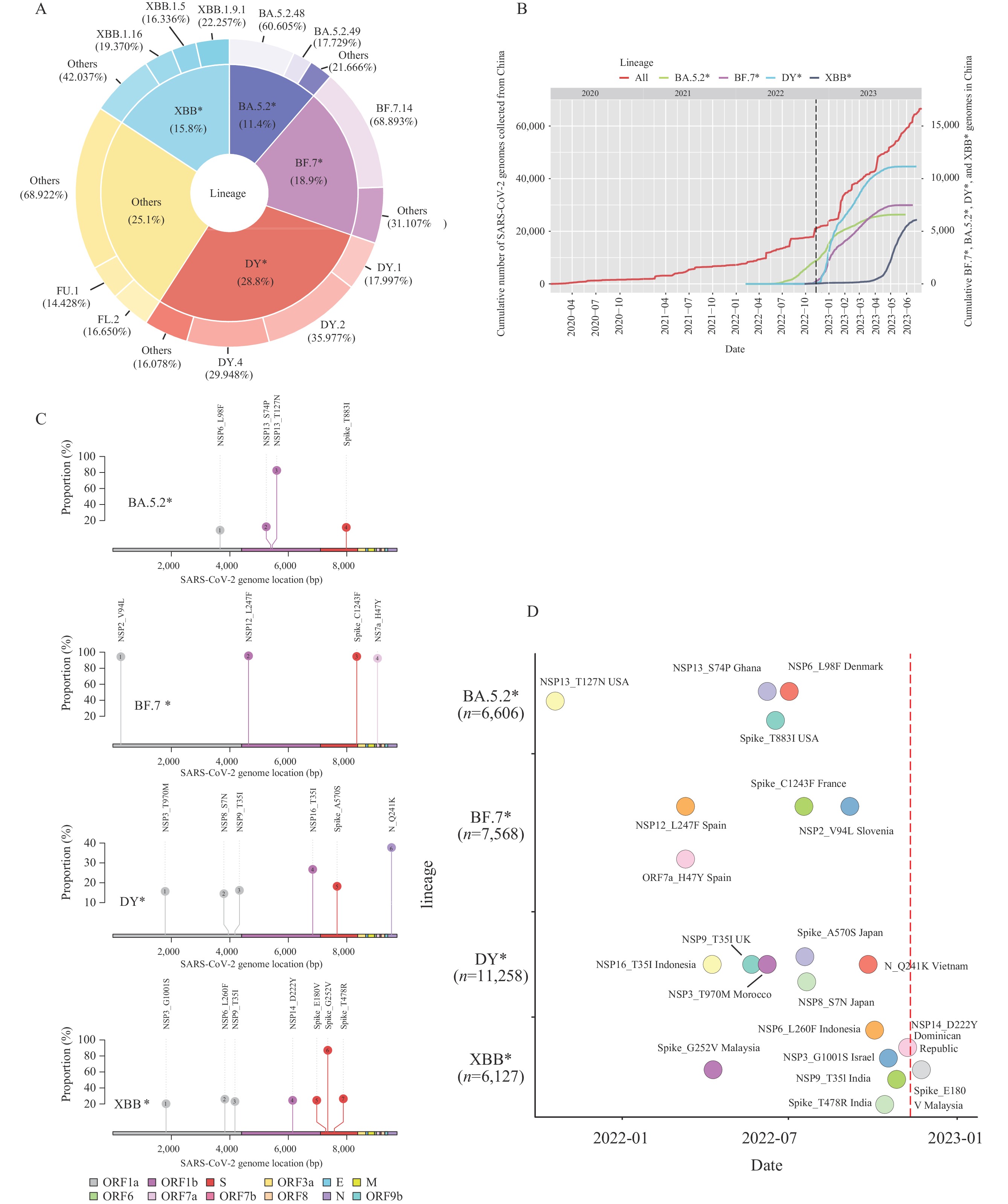2023 Vol. 5, No. 30
Liver cancer and cirrhosis represent the most prevalent forms of end-stage liver diseases (ESLDs). Notably, in China, deaths attributed to ESLDs contribute significantly to the global mortality rate of these disorders. Enhanced comprehension of the mortality profile associated with ESLDs in China could provide crucial insights into intervention prioritization, which could in turn help reduce the overall global burden of these diseases.
Data were obtained from China’s Disease Surveillance Points system. The presentation includes both crude and age-standardized mortality rates, stratified by sex, residential location, and region. Using Joinpoint Regression, trends in annual mortality rates were estimated from the period of 2008 to 2020 and expressed as the average annual percentage change (AAPC).
In 2020, the gross mortality rate of ESLD stood at 30.08 cases per 100,000 individuals. A higher age-standardized ESLD mortality rate was observed in males and rural populations in comparison to their female and urban counterparts, respectively. Noticeably, the highest mortality rates associated with liver cancer and cirrhosis were reported in South and Southwest China, respectively. A positive correlation was noticed between age-specific ESLD mortality rates and advancing age. Interestingly, an annual decrease in the ESLD mortality rate was observed from 2008 to 2020. In urban contexts, the AAPC of cirrhosis was noted to be higher than that of liver cancer.
The mortality rate associated with ESLDs in China decreased between 2008 and 2020. Nevertheless, the death burden attributable to ESLD continues to be alarmingly high. Future initiatives should prioritize the reduction of ESLD mortality in particular populations: males, elderly individuals, and those residing in rural regions of South and Southwest China. The emphasis of future interventions should be placed on antiviral therapy for adults diagnosed with viral hepatitis, and on the prevention of hepatitis B virus (HBV) infection across all demographics.
The efficacy of treatment and clinical outcomes may be jeopardized by factors such as transmitted drug resistance (TDR) and the genetic diversity of the human immunodeficiency virus type 1 (HIV-1). This comprehensive study aims to examine the alterations in HIV-1 subtypes or sub-subtypes and TDR among Chinese individuals, who have been diagnosed with HIV infection and are previously untreated with antiretroviral therapy (ART), across the span of 2004 to 2022.
Sequences of the HIV-1 pol gene region were obtained from ART-naïve HIV-positive individuals across 31 provincial-level administrative divisions between 2004 and 2022. To predict susceptibility to 12 antiretroviral drugs, the research utilized the Stanford HIV Drug Resistance Database. The Cochran-Armitage trend test facilitated the analysis of changes in HIV-1 subtype/sub-subtype prevalence and TDR. This analysis was conducted in alignment with the progression of the National Free Antiretroviral Treatment Program’s stages between 2004 and 2022.
Among the 57,902 ART-naïve individuals infected with HIV, there was a notable decline in the prevalence of CRF01_AE, B, and C from 37.3%, 24.1%, and 1.3% respectively in 2004–2007 to 29.4%, 7.3%, and 0.2% respectively in 2020–2022. Simultaneously, a significant increase was observed in the proportions of CRF07_BC, CRF08_BC, CRF55_01B, other CRFs, and URFs, from 24.1%, 11.5%, 0.1%, 0.4%, and 0.9% respectively in 2004–2007 to 40.8%, 11.5%, 3.8%, 3.7%, and 2.8% respectively in 2020–2022 (all P<0.001 for trend). The prevalence of TDR to overall, non-nucleoside reverse transcriptase inhibitor (NNRTI), efavirenz, and nevirapine also significantly increased from 2.6%, 1.8%, 1.6%, and 1.8% respectively in 2004–2007 to 7.8%, 6.7%, 6.3%, and 6.7% respectively in 2020–2022 (all P<0.001 for trend). However, there were no meaningful changes in the TDR prevalence of nucleoside reverse transcriptase inhibitor and protease inhibitor. Notably, in 2020–2022, the overall TDR prevalence exceeded 15% in Xinjiang.
The total prevalence of TDR in China has achieved a moderate level (7.8%) from 2020 to 2022, with NNRTI resistance standing prominently at 6.7%. Consequently, measures to curb TDR are urgently required, particularly among ART-naïve HIV-infected individuals in China.



 Subscribe for E-mail Alerts
Subscribe for E-mail Alerts CCDC Weekly RSS Feed
CCDC Weekly RSS Feed
